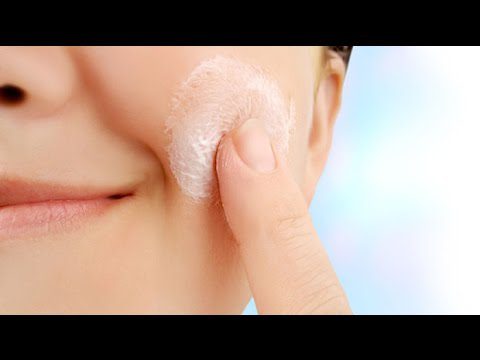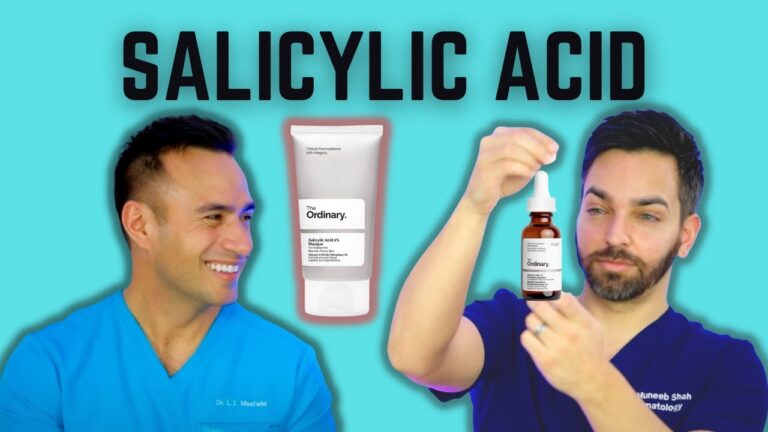The Ultimate Guide to Sycilic Acid: Benefits, Side Effects, and Uses
Salylic acid is a naturally occurring beta hydroxy acid (BHA) that is commonly used in skincare products due to its exfoliating, anti-inflammatory, and anti-bacterial properties. It is derived from willow bark, sweet birch, and wintergreen leaves. Salicylic acid is a sought-after ingredient in skincare and cosmetics, particularly in products that treat acne, blackheads, and other blemishes.
Salicylic acid works by penetrating deep into the pores where it dissolves and breaks down the top layer of dead skin cells. This process not only unclogs pores but also prevents the formation of new blockages. By shedding dead skin cells, salicylic acid also helps to reduce the appearance of fine lines, wrinkles, and age spots – making it an effective anti-aging ingredient.
According to dermatologists, salicylic acid is most effective at concentrations between 0.5% to 2%. If used in higher concentrations or left on for too long, it can cause dryness, redness, and peeling. Therefore, it is important to choose products with the right concentration for your skin type and to follow the instructions on the label.
Salicylic acid is widely used in cleansers, toners, masks, and spot treatments, and can be found in both prescription and over-the-counter products. Some popular salicylic acid-based products include Clean & Clear Advantage Acne Spot Treatment, Neutrogena Oil-Free Acne Wash, Paula’s Choice Skin Perfecting 2% BHA Liquid Exfoliant, and The Ordinary Salicylic Acid 2% Masque.
Salicylic acid is particularly effective in treating acne as it helps to unclog pores and reduce inflammation. One study found that a 2% salicylic acid product used twice daily for eight weeks reduced acne by 50%, and another study found that it was equally as effective as benzoyl peroxide in treating acne.
Aside from acne, salicylic acid can also help to reduce the appearance of other skin concerns such as psoriasis, calluses, and warts. It can be found in products specifically designed for these concerns or in multi-purpose products that target multiple skin issues.
Incorporating salicylic acid into your skincare routine can be beneficial for most skin types, but it is particularly effective for those with oily or acne-prone skin. It is also safe to use during pregnancy as long as the concentration is no higher than 2%.
If you are new to salicylic acid, it’s best to start with a lower concentration and gradually increase as needed. Salicylic acid-based products should be used in conjunction with a broad-spectrum sunscreen to protect the skin from harmful UV rays.
In conclusion, salicylic acid is a valuable ingredient in skincare products with numerous benefits for the skin. From reducing acne to improving skin texture and tone, it’s a powerful ingredient that can help to address a variety of skin concerns. When used correctly, it can be a game-changer in your skincare routine.
Most searched products:
Does Sephora Support Israel? Answering Your Questions
The Ultimate Guide to Azealic Acid: Benefits, Uses, and Side Effects
How Long Does Glycolic Acid Take to Show Results: Your Ultimate Guide
Discover the Benefits of The Ordinary Botox for Your Skin
The Ultimate Reviews of The Ordinary Peeling Solution
The Ultimate Guide to The Ordinary Colours Foundation: Reviews, Swatches, and Tips
The Perfect Order: When to Use Retinol and Niacinamide in Your Skincare Routine
Unlock the Power of Hyaluronic: Benefits, Uses, and Top Products
Say Goodbye to B.O with Glycolic Acid Deodorant: The Secret to Long-Lasting Freshness
Unlock Smooth and Supple Skin: Discover the Best Skincare Products for Skin Suppleness











